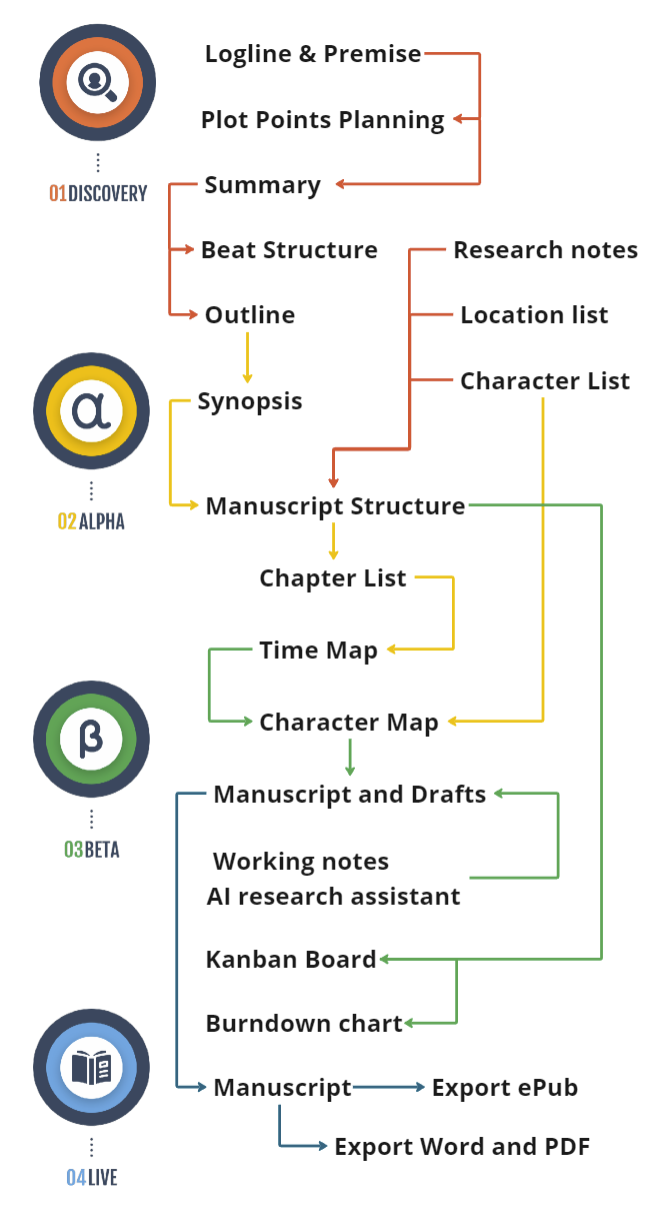For authors aiming to keep their audience invested between releases, newsletters can be a strategic lifeline. Instead of repeating the same book promotions, try delivering fresh content shaped by the “scraps from last night’s dinner” concept: new data or lesser-known facts gleaned from your research. A well-crafted newsletter not only fosters loyalty but also drives traffic back to your website. Done right, it can bolster SEO indirectly, as readers often reshare newsletter content on social platforms or link to it in blog posts.
A research-based newsletter highlights untold stories, peculiar trivia, or behind-the-scenes revelations from your creative process. Think of it as a monthly or quarterly “knowledge drop” that feeds curiosity. Some authors even adopt a theme for each edition: “Ancient Remedies,” “Forgotten Royal Traditions,” or “Cutting-Edge AI in Sci-Fi.” By weaving these discoveries into personal anecdotes (like “How this fact shaped my character’s dilemma”), you forge a relatable, engaging narrative that extends beyond mere marketing pitches.
Authors serious about relationship-building with readers often use newsletters as a cornerstone of their platform. If your blog already features bonus scenes or leftover research, a newsletter can serve as a curated highlight reel or extended commentary. It’s particularly beneficial for writers prone to hiatuses between book launches—consistent, valuable emails remind fans that your author brand is active and worth following.
- Segment Your Research
Plan each newsletter around a specific cluster of leftover material. For instance, your fantasy novel might have a trove of medieval weapon references. Showcase one or two each time, elaborating on their origin and place in your story’s world. - Create A Narrative Hook
Frame the discovered fact as a mini story: “During my research, I stumbled upon X. Imagine how it might change a knight’s strategy—here’s how I used it in my book.” This personal angle fosters connection. - Optimize Subject Lines
Your email’s open rate improves when the subject line sparks curiosity. Try “Secrets of 15th-Century Steel Foundry” or “Revealed: 3 Surprising NASA Prototypes Shaping My Next Novel.” - Provide Links To Further Reading
Include backlinks to your blog articles or external resources that verify your research. This approach benefits SEO by increasing internal linkage to your site, and potentially prompts other sites to reference you. - Prompt Discussion
End with a question: “Which relic era intrigues you more—Bronze Age or Iron Age?” or “Have you encountered real-life AI technologies that scare you?” Encouraging replies fosters a sense of community and keeps your newsletters out of spam folders.
Newsletters that go beyond advertisements drive higher engagement. Readers feel they gain tangible value—educational tidbits or behind-the-scenes glimpses—rather than just sales pitches. This consistent engagement cycle cultivates trust and can lead to more reviews, word-of-mouth promotion, and a robust personal brand. Over time, a well-targeted newsletter list becomes one of your most powerful marketing assets.
Sketch a monthly or quarterly newsletter plan. Identify 2-3 research “scraps” you haven’t yet shared—maybe an untold historical anecdote or scientific wonder relevant to your novel. Craft a compelling narrative around each tidbit, add a direct link to your website or blog, and finalize a question to spark replies. Then watch your subscriber community grow more eager to receive and discuss each new factoid you unveil.




